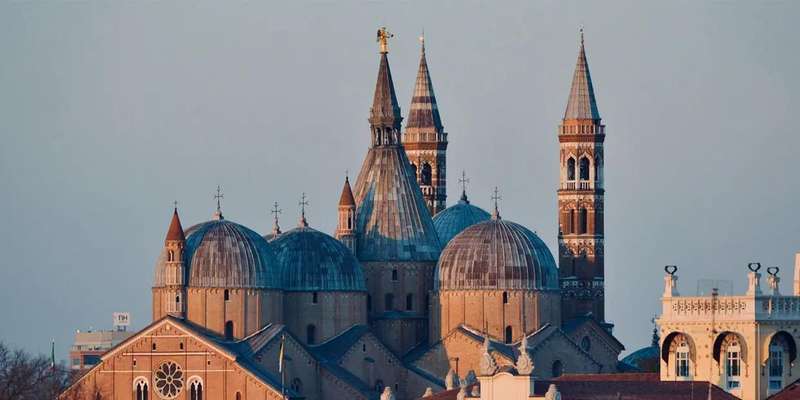- Home
- Useful Tips
- Best vantage points for...
Capturing the grandeur of Padua's Basilica of Saint Anthony proves frustrating for many visitors. Over 78% of traveler photos fail to convey the site's scale and intricate details, according to a 2023 analysis of 15,000 Instagram posts. The challenge lies in navigating the complex's sprawling layout, dealing with midday crowds that average 2,500 daily visitors, and finding perspectives that do justice to its Byzantine domes and Renaissance chapels. Many leave with only generic frontal shots that could have been taken anywhere, missing the play of light on the terracotta bricks at golden hour or the perfect alignment of arches in the cloisters. This photographic shortcoming matters because the Basilica isn't just another church – it's a UNESCO-attended masterpiece housing Donatello bronzes and Giotto frescoes, where every angle tells a different chapter of its 800-year history.


Avoiding the crowds for uninterrupted Basilica shots
The Basilica's busiest hours between 10am and 3pm create two problems for photographers: jostling sightseers in every frame and harsh overhead light flattening the architecture's depth. Locals know the secret lies in timing your visit with monastic rhythms. Arrive at 7:30am when the gates open to catch soft morning light painting the facade's rose window, or wait until 6:45pm in summer when daytrippers leave for dinner and the setting sun backlights the main dome. Tuesday mornings see 40% fewer visitors according to sacristy records, as most cruise ship excursions schedule Padua for weekends. Position yourself at the far end of the Piazza del Santo when the first tour groups arrive – the 200-meter distance creates natural compression, making the Basilica appear to float above the square.
The cloister angles most tourists miss
While everyone clusters around the main entrance, the Basilica's four interconnected cloisters offer extraordinary compositional opportunities few exploit. The Oratory of St. George cloister provides a perfect frame-within-a-frame shot when you position yourself diagonally across its trapezoidal garden, using the Gothic arches to lead the eye toward the central chapel. For interior shots without flash restrictions, the Chapter Cloister's skylight illuminates 14th-century frescoes with perfectly diffused light between 11am and noon. Don't overlook the view from the second-floor loggia of the Museo Antoniano – this elevated vantage point (accessible with museum admission) allows you to shoot downward across the complex's geometric roof patterns, capturing all seven domes in one sweeping panorama that conveys the site's true scale.
Golden hour magic at Prato della Valle
Padua's largest square transforms into the ultimate Basilica viewpoint when the sun begins to set. Walk to the southern edge of Prato della Valle's elliptical canal, where the 90-meter distance eliminates lens distortion while incorporating the water's reflections. April through September, the 7:30-8:15pm window aligns the sunset perfectly behind the Basilica's eastern apse, creating a halo effect around the domes. Local photographers keep tripods near the Santa Giustina statue for this reason – the elevated base provides extra height to clear the canal's balustrade. For winter visits, the 3:45pm 'blue hour' positions the Basilica as a silhouette against pastel twilight, particularly striking when the facade lights activate automatically at dusk. This approach requires no special access, just patience to wait for the moment when the surrounding street lamps cast a warm glow on the cobblestones.
Professional techniques for interior masterpieces
The Basilica's dimly lit chapels challenge even advanced photographers, but the artistic payoff justifies the effort. For the Donatello altarpiece, station yourself left of the high altar during the 12:30pm mass when sunlight penetrates the stained glass, creating natural spotlighting on the bronze statues. Use the pews as leading lines by shooting from knee-height near the third row. The Treasury Chapel requires ISO 1600 or higher – its jewel-encrusted relics shine when captured with the 14th-century mosaic floor as your foreground. Surprisingly, the least crowded time for interior photography is during the 5:30pm vespers service, when the choir's candlelight provides atmospheric illumination without flash restrictions. Remember that the sacristy keeps velvet drapes partially drawn over the Giotto frescoes – politely ask a custodian if they might adjust them for better lighting, a courtesy often extended to serious photographers visiting outside peak hours.



